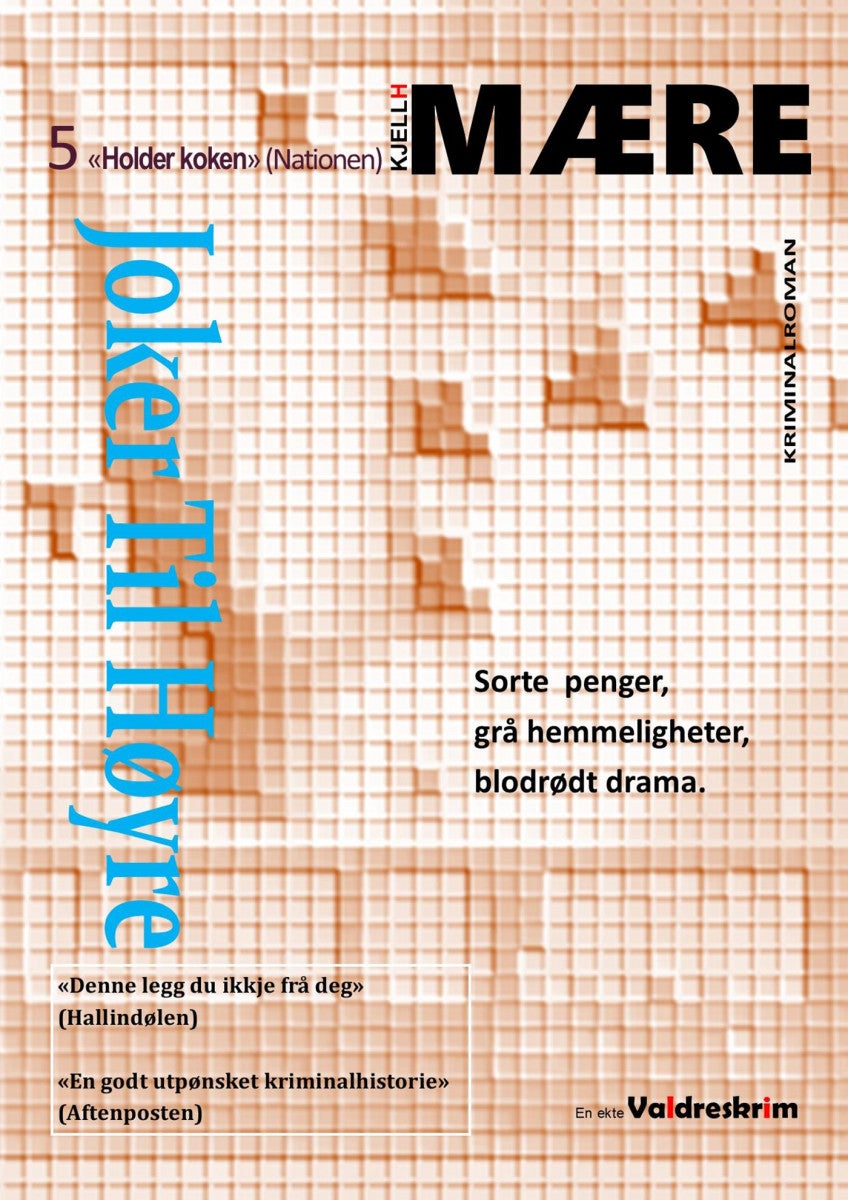
Rubens and the Eloquence of Drawing av Catherine H. Lusheck
569,-
<P><EM>Rubens and the Eloquence of Drawing</EM> re-examines the early graphic practice of the preeminent northern Baroque painter Peter Paul Rubens (Flemish, 1577¿1640) in light of early modern traditions of eloquence, particularly as promoted in the late sixteenth- and early seventeenth-century Flemish, Neostoic circles of philologist, Justus Lipsius (1547¿1606). Focusing on the roles that rhetorical and pedagogical considerations played in the artist¿s approach to <EM>disegno</EM> during and following his formative Roman period (1600¿08), this volume highlights Rubens¿s high ambitions for the intimate medium of drawing as a primary site for generating meaningful and original ideas for his larger artistic enterprise. As in the Lipsian realm of writing personal letters ¿ the humanist activity then described as a cognate activity to the practice of drawing ¿ a Senecan approach to eclecticism, a commitment to emulation, and an Aristotelian concern for joining form to content all played i








